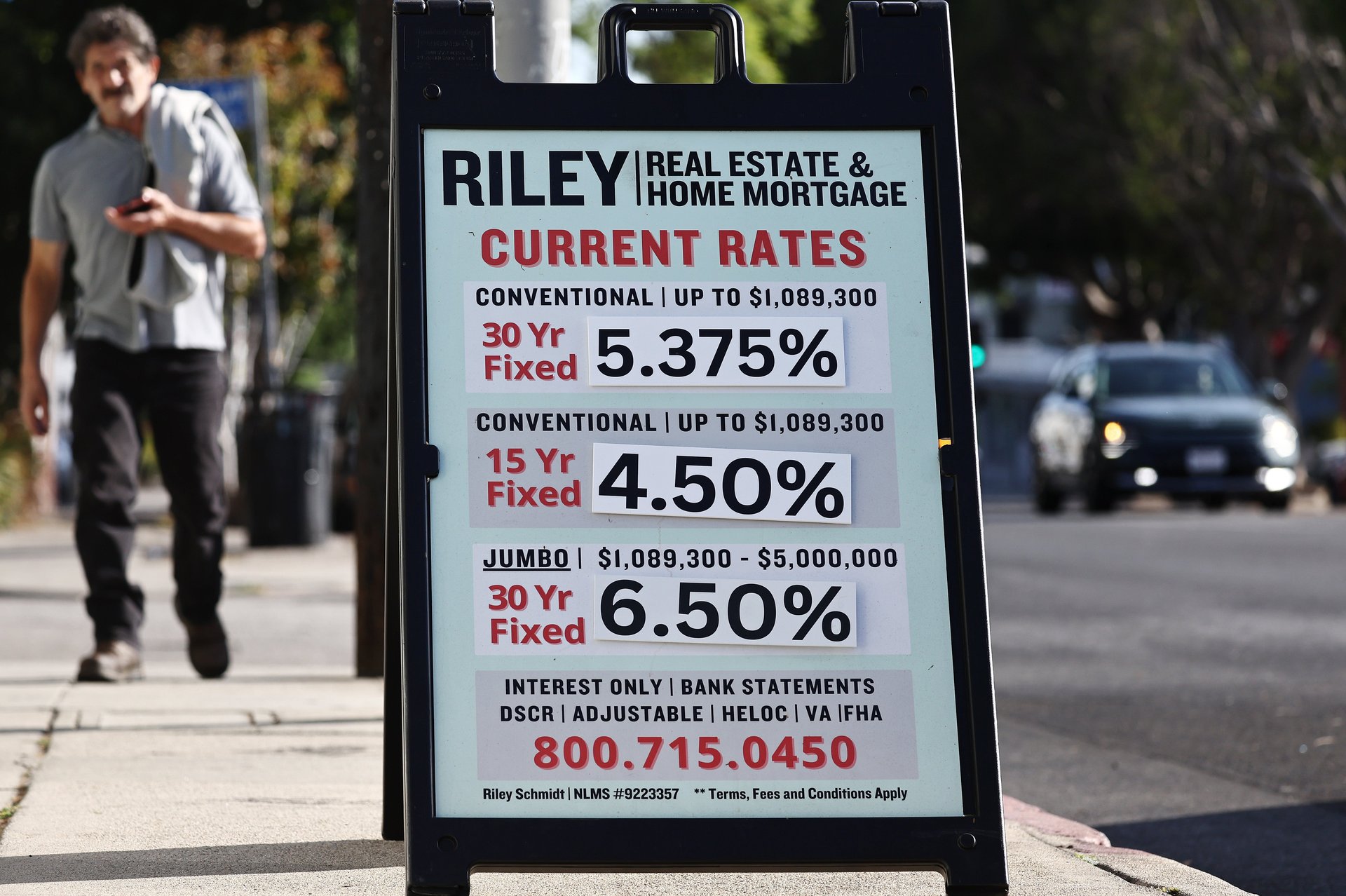Inflation to the left, Trump to the right. What's the Fed to do?
The central bank faces both a price uptick and a slowdown in real consumer spending

The Federal Reserve may get stuck between President Donald Trump’s public demands for interest rate cuts and the central bank’s mandate to curb inflation after its favorite price measure picked up by more than expected in February.
Suggested Reading
Core PCE climbed to 0.37% month-on-month in February — faster than the expected 0.30% — from 0.30% in January. The annualized gain accelerated to 2.8% from an upwardly revised 2.7%. Going forward, sticky inflation may deter policymakers from cutting rates to stimulate the economy.
Related Content
After the Fed kept rates on hold this month, Trump said via social media that it should have cut them to help ease the way for his new tariffs. After the president fired the Democratic FTC members, some observers expressed concern that he might seek to dismiss Fed Chair Colin Powell if he doesn’t get his way on policy.
“The only way I see Trump getting the Fed on his side is if he tanks the economy,” said Chris Grisanti, chief market strategist at MAI Capital Management. “We can slice and dice these economic numbers as much as we want, but the Fed is on hold until we get some tariff clarity.”
Grisanti said he was surprised by the relatively benign market reaction to Trump’s auto tariff announcement on Wednesday, which was more hawkish than he’d anticipated. He now expects new duties on April 2 to also be hawkish, possibly followed by another muted reaction from investors.
“No one has any experience of moving from a free trade world to a protectionist world, and we’re sort of making it up as we go along,” Grisanti said. That also applies to Powell, who Grisanti said will want to see the inflationary impacts of the tariffs before he gives the economy any more stimulus.
Powell said at the March meeting that policy wasn’t on a pre-set course, and that the Fed would continue to separate the signal from the noise before acting. He said some of the recent faster inflation was “clearly” coming from tariffs, but it’s very difficult to determine how much.
Mixed bag
Recent economic data have been a mixed bag. Surveys have shown anxiety, including an unexpected downward revision of the University of Michigan’s March consumer sentiment index from 57.0 from 57.9 on Friday. Harder numbers still point to a strong labor market and continued growth.
And after Friday’s report also confirmed a slowdown in real consumer spending this quarter, the Fed may be more inclined to cut rates, Comerica Bank (CMA) Chief Economist Bill Adams said.
“Pulled in two directions, the Fed is likely to cut interest rates by a quarter of a percent around midyear,” Adams said via email. “Comerica’s forecast sees the next change in rates as a quarter percentage point cut in July.”
Stocks fell after Friday’s report, with the S&P 500 sliding 1.3% at 10:41 a.m. EDT, the tech-heavy Nasdaq Composite dropping 1.8%, and the Dow Jones Industrial average shedding 488 points, or 1.2%.